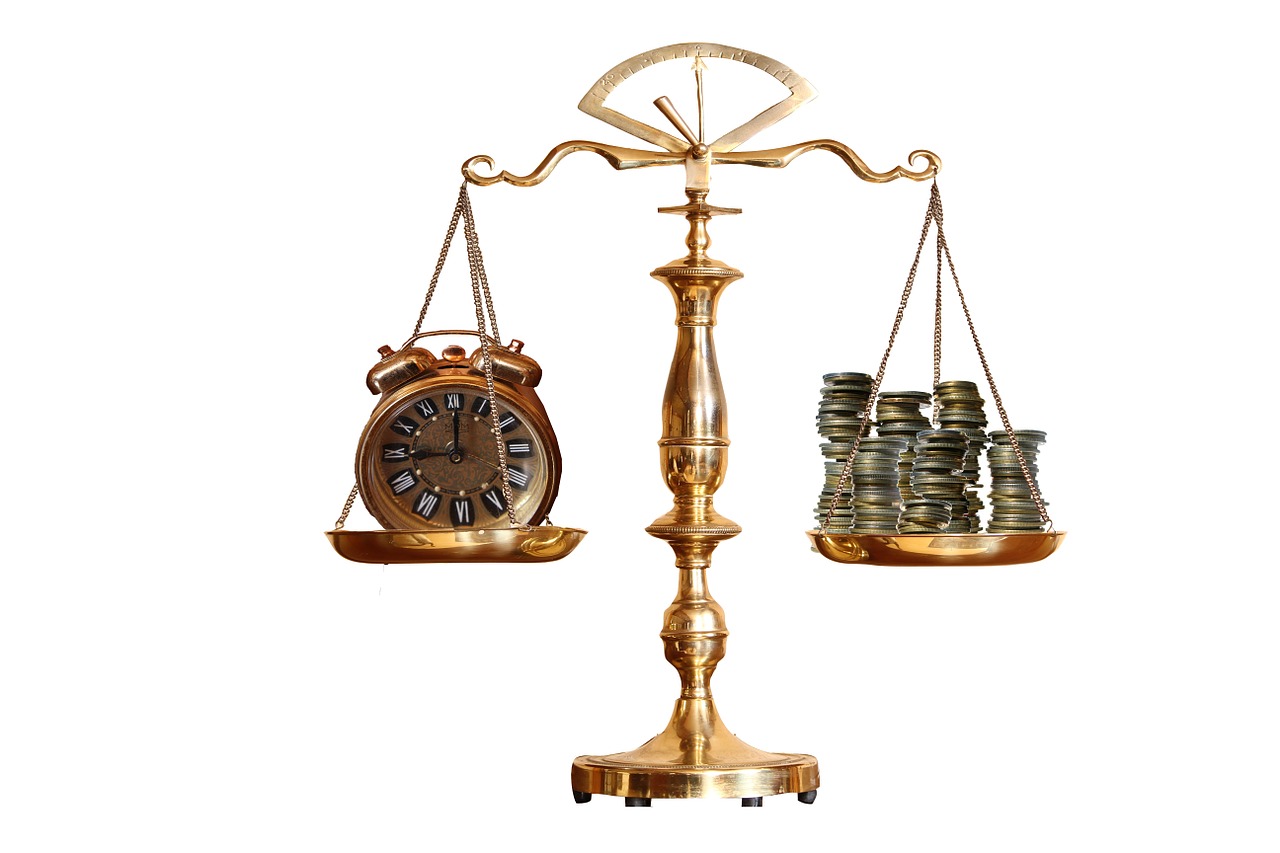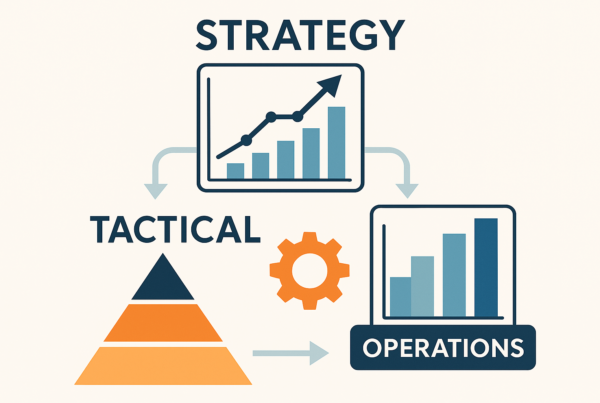The supply and demand equation is a fundamental concept in economics that can be applied to understand the dynamics of any market. This equation helps explain how the price and quantity of goods and services are determined in a competitive market. The basic principle is that the price of a good or service will adjust to bring the quantity supplied and the quantity demanded into balance.
The Supply and Demand Equation
The supply and demand equation can be expressed as:
Qd=Qs
where Qd is the quantity demanded and Qs is the quantity supplied. When these two quantities are equal, the market is in equilibrium, and the price at which this occurs is known as the equilibrium price.
How Affordability Contributes
Affordability plays a crucial role in the supply and demand equation. It affects both the demand and supply sides of the market:
Demand Side: Affordability influences consumers’ purchasing power. When goods and services are affordable, more consumers are willing and able to purchase them, increasing the quantity demanded. Conversely, if prices rise and goods become less affordable, the quantity demanded decreases.
Supply Side: Producers consider affordability when setting prices. If production costs are high, producers may need to set higher prices to cover these costs, potentially reducing the quantity demanded. However, if production costs are low, producers can offer goods at more affordable prices, increasing the quantity supplied and potentially boosting demand.
Practical Applications
The supply and demand equation can be applied to various markets, such as housing, technology, and food. For example, in the housing market, if the supply of homes increases while demand remains constant, prices may fall, making homes more affordable. In the consumer food market, balancing production to the demand forecast can reduce production, warehouse and distribution costs, leading to lower prices and higher demand. Understanding the interplay between supply, demand, and affordability helps businesses and policymakers make informed decisions to achieve market equilibrium and ensure goods and services are accessible to consumers. “Designing” and implementing a Sales & Operations Planning (S&OP) process will go a long way towards understanding and balancing the demand and supply side of the equation. Doing S&OP well will improve customer service, sales revenue and will reduce cost and inventory levels.
Let’s Take Your Business Further. Ask me how.
Dr Kenneth Moodley LinkedIn






Thank you for your insightful post, Professor. The supply and demand equation is crucial for information-driven decisions and strategic planning. Understanding this equation helps businesses and policymakers identify the market equilibrium and anticipate how price fluctuations impact supply and demand. Recognizing the saturation point is essential in assessing how price changes influence consumer behavior and production strategies. The role of affordability in this equation further highlights the delicate balance between cost, pricing, and demand forecasting. As you mentioned, implementing an effective Sales & Operations Planning (S&OP) process can significantly improve decision-making, optimize inventory levels, and enhance customer satisfaction.
Thanks again for sharing.